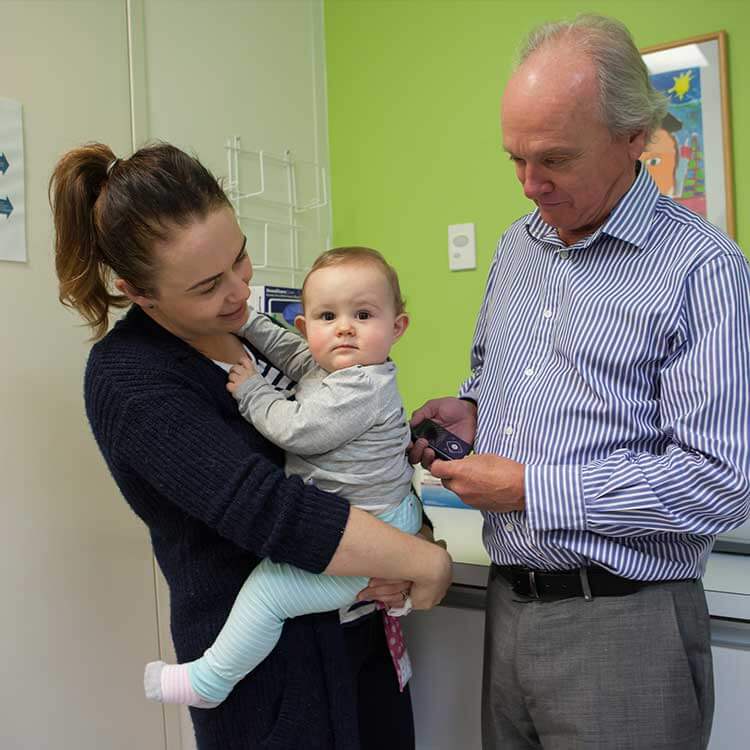Search

News & Events
$11M funding boost for child healthResearchers at The Kids Research Institute Australia have today been awarded more than $11 million in funding from the National Health and Medical Research Council.

News & Events
Program review highlights strategies for improving Aboriginal mental healthNationwide review looking at effective mental health strategies for Aboriginal and Torres Strait Islander people

News & Events
Vitamin D linked to healthy Fetal developmentThe important role of vitamin D in early development is the focus of research that has uncovered links between vitamin D levels and healthy growth of the baby d
News & Events
Tribute to Dr Clyde HertzmanResearchers at Perth's The Kids for Child Health Research are mourning the sudden passing of Canadian child development expert Dr Clyde Hertzman
News & Events
Poor diet seriously affects teens’ liver healthNew research from Perth's The Kids for Child Health Research shows that a Western diet is associated with an increased risk of liver disease in teenag

News & Events
Pregnancy risks for ADHD in kidsOne of the largest population studies of Attention Deficit/Hyperactivity Disorder (ADHD) in children has revealed maternal smoking during pregnancy to be an imp
News & Events
Celebrating 20 years of meningitis awarenessAustralian charity celebrates 20 years of providing meningitis awareness and marks World Meningitis Day with footy star
News & Events
Major funding for WA super science capacityhe new super science of bioinformatics has been given a $1.3 million boost with the launch of the The McCusker Charitable Foundation Bioinformatics Centre
News & Events
Autism research innovator shortlisted for Eureka PrizeDr Andrew Whitehouse from Perth's Telethon Institute for Child Health Research shortlisted as a finalist for the prestigious 2012 Australian Museum Eureka Prize
News & Events
Call for mental health support for kids with asthmaA new study has found that young children with severe or persistent asthma are at higher risk of developing many common mental health problems.
